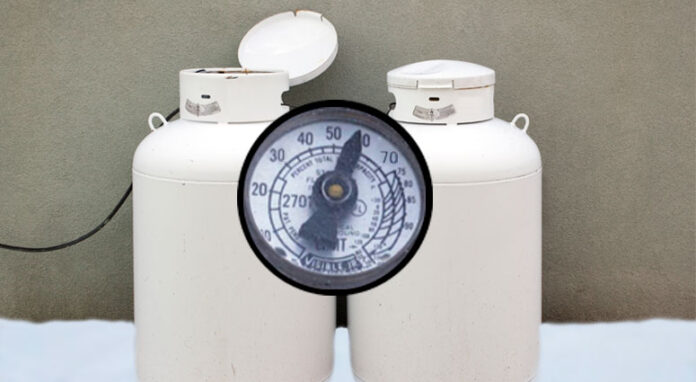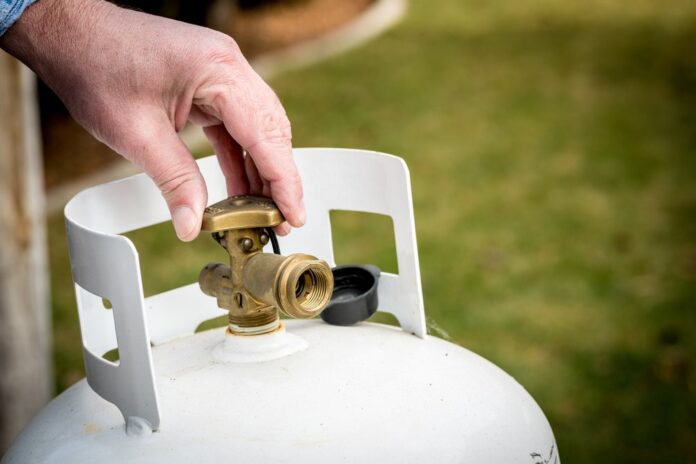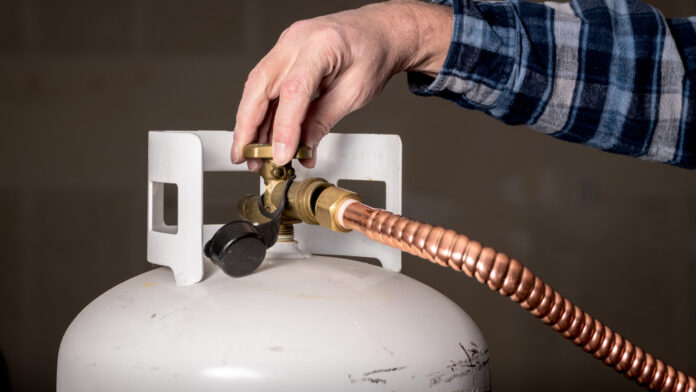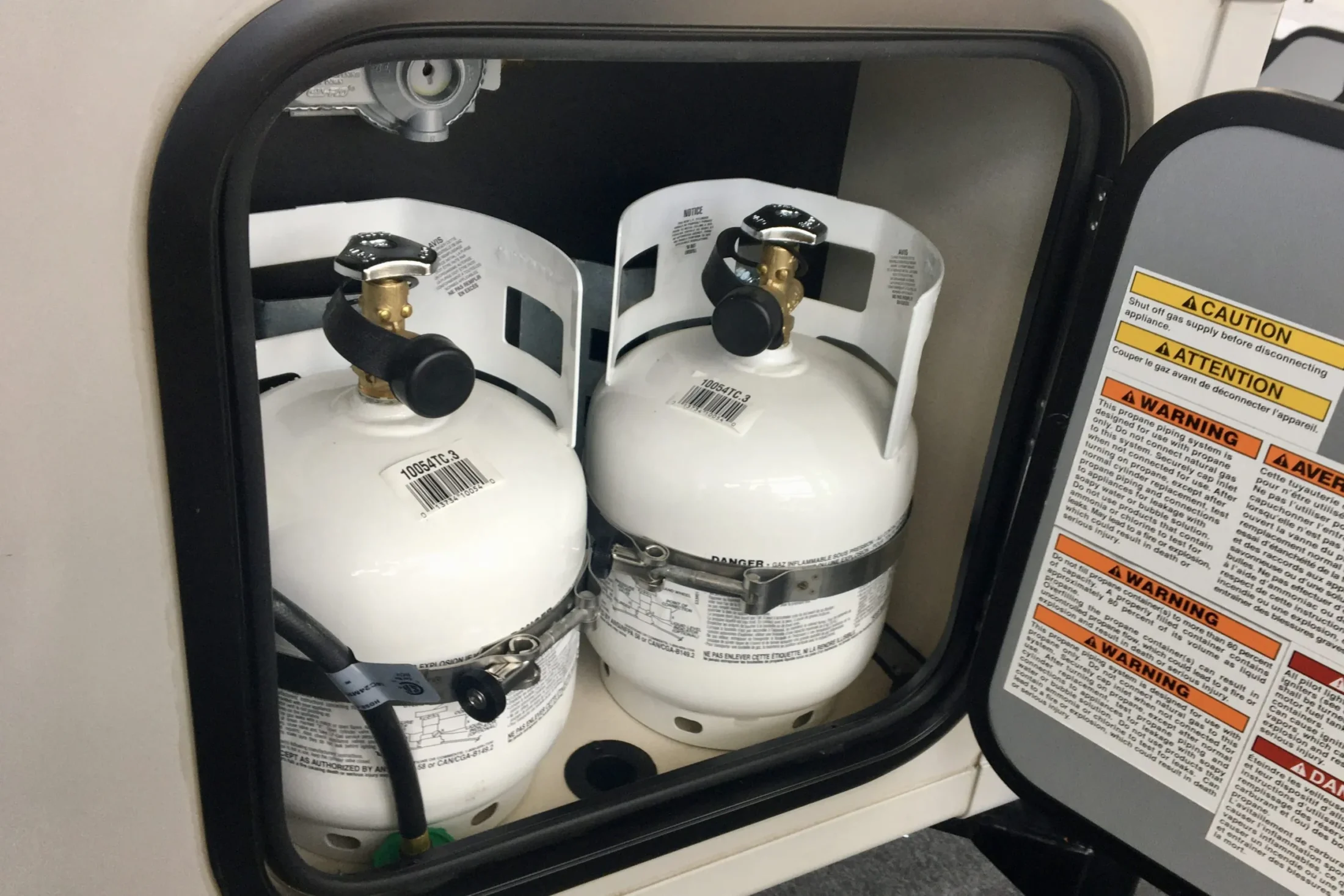Life is an ever-evolving journey, full of transitions and transformations. A momentous event like relocating to a new home can bring its own set of challenges. Among the numerous considerations when orchestrating a move, dealing with propane tanks can be a particularly daunting task.
This article seeks to unravel the complexity of this process, aiming to provide readers with a comprehensive, easy-to-understand guide on how to manage them during relocation. We are talking about doing alone, but also with the help of movers. It is often the case that storage and moving NYC ends up being the most convenient choice.
Assessing The Levels Before Moving

In the early stages of planning your move, it’s crucial to take an accurate measure of the propane in your tanks. An adequately designed fuel gauge can facilitate this task. A simple look at the gauge will inform you whether the tank is empty, partially full, or full. It’s essential to record these details, as they will influence the subsequent steps of your moving process.
Taking this a step further, there’s an alternative method for estimating propane levels if your tank doesn’t come equipped with a gauge. This involves a bit of physics! Pour warm water down the side of the tank. Next, feel the surface where you poured the water. The part of the tank that feels cooler to the touch indicates the level of propane inside. As you can see, ensuring you know how much propane remains in your tanks is a key first step to managing them safely during a move.
Using Up or Emptying the Tank

Once you’ve gauged the amount of propane left, the next decision point revolves around using up the remaining fuel or emptying the tank. If the tank is nearly empty, consider utilizing the leftover propane for barbecuing, camping, or other suitable activities. Doing so accomplishes two objectives – preventing waste and making them safer to handle.
On the contrary, if a significant amount of propane remains, it becomes crucial to empty the tank correctly. Emptying a propane tank is not a task for untrained individuals, owing to the volatile nature of propane. You should consult with professionals who have the necessary expertise and tools to carry out the process safely and responsibly. Moreover, keep in mind that many areas have strict regulations concerning the disposal of propane tanks, so it’s essential to ensure that all procedures are followed to the letter.
Properly Detaching from Appliances

Now comes the critical task of disconnecting your propane tanks from appliances. Before you begin, make sure you switch off all appliance valves and the main valve on the propane tank. This precaution helps avoid any accidental gas leakage. Using the right tools, such as an adjustable wrench, gently unscrew the connection between the appliance and the tank.
Beyond this, make it a priority to cap or plug the valve outlet to prevent any residual gas from escaping. Leaving a valve outlet open might lead to leaks, posing serious risks. After detaching and securing, it’s beneficial to keep them outdoors in a well-ventilated area until the moving day. This extra caution reduces any chance of a mishap.
Transporting Safely
With the propane tanks disconnected and prepped, it’s time to focus on their safe transportation. They should be kept upright at all times during the move. This positioning ensures the safety valve operates as designed and reduces the risk of propane leaks. It’s also worth investing in a cylinder carrier or holder to further guarantee stability during transport.
While preparing for the move, consider the weather conditions. Propane tanks should be shielded from excessive heat and direct sunlight, as extreme temperatures can increase internal pressure, making the tanks potentially dangerous. If you’re moving during the summer, take extra precautions to keep the tanks cool and shaded.
Storage Options During the Move
When it comes to storing propane tanks during a move, you have several options to consider. You could opt to store them in an outdoor storage shed or a well-ventilated area of your property. The primary rule is to avoid enclosed spaces like garages or basements where fumes could build up if a leak occurs.
Alternatively, some moving companies or suppliers offer temporary storage solutions for tanks. This can be an excellent option if you’re not comfortable storing the tanks at your home during the move. These companies have the knowledge and facilities to store them safely, giving you peace of mind.
Arrangements for Transportation with Movers
When planning your move with a professional moving company, it’s essential to discuss your propane tanks. Most moving companies have policies regarding the transportation of hazardous materials. Some may refuse to transport them, while others may have specific requirements for doing so.
In case your chosen movers agree to transport the tanks, they’ll typically require the tanks to be empty. They may even inspect and check the appropriate paperwork before agreeing to move them. So, early communication with your movers is essential to avoid last-minute surprises.
Guidelines for Transportation in Personal Vehicles

If you plan on transporting in your vehicle, there are essential safety guidelines to adhere to. Ensure that your vehicle is well-ventilated, and never transport a propane tank in the trunk of your car. Position it upright and secure it to prevent movement while driving.
For lengthy trips, plan breaks to check the tanks’ condition and ensure they’re still secure. Always remember, no matter the distance, safety is paramount. The rules for transportation are not mere suggestions—they exist to protect you, your family, and everyone else on the road.
Unpacking and Reconnecting at the New Location
Upon arrival at your new home, take care when unpacking the propane tanks. Verify they’re still in good condition, and that there are no visible damages or leaks. It’s always a good idea to install leak detectors in your new home before reconnecting them to the appliances.
Once you’re ready to reconnect, follow the detachment steps in reverse. Make sure to check all connections for leaks. You can do this by applying a soapy water solution to the connection points. If you see bubbles forming, there’s a leak, and you should disconnect and try again or call a professional.
Final Thoughts
Maneuvering the moving process with propane tanks in the mix can be a complex task, fraught with potential hazards. However, armed with the right knowledge and the proper precautions, it can be accomplished safely and efficiently. This guide aims to equip you with that critical knowledge, helping you turn a potentially daunting task into a manageable one. Remember, your safety and the safety of others is paramount. So, whether you’re a frequent mover or relocating for the first time, take these steps to heart, and make your move a safe and smooth one.









